2025 Hyundai Sonata vs. Toyota Camry: 5 Major Differences originally appeared on Autoblog.
Still standing in a shrinking segment
Once the backbone of American driveways, midsize sedans have steadily lost ground to crossovers and SUVs. With the exits of the Chevy Malibu and Subaru Legacy after 2025, only a handful of contenders remain. But the Hyundai Sonata and Toyota Camry are still standing—and both received major overhauls for 2025. Toyota went all-in on hybridization and all-wheel drive, while Hyundai doubled down on value, tech, and design.
If you're still in the market for a well-equipped sedan that delivers strong fuel economy, excellent ride quality, and surprising tech, these two deserve a look. Which one fits your needs best? Here are five key differences that help separate them.
1. Toyota has gone fully hybrid; Hyundai offers options
Perhaps the most talked-about change for the 2025 Toyota Camry is what’s under the hood—or rather, what isn’t. Toyota has ditched its traditional gas-only drivetrains entirely, making the 2025 Camry a hybrid-only sedan. It’s available with a 2.5-liter four-cylinder engine and two electric motors up front, producing 225 horsepower. All-wheel-drive variants add a third electric motor at the rear, bumping total system output to 232 hp.
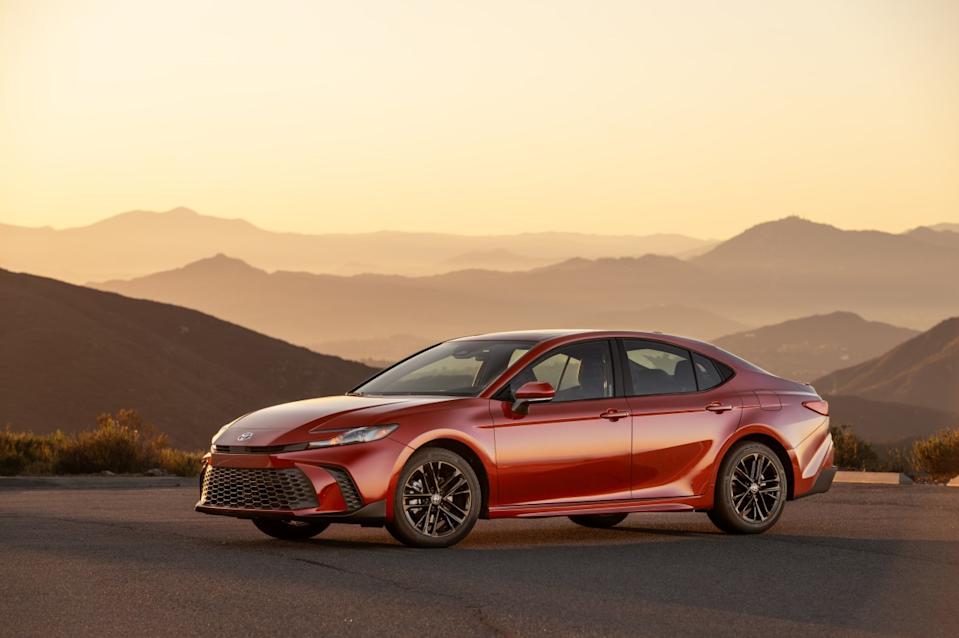
That makes the Camry one of the few hybrid sedans on the market to offer all-wheel drive—and the only one in its class to make hybrid the default, not the upgrade.
Hyundai took a different approach with the 2025 Sonata. You can still buy one with a traditional gas engine—specifically, a naturally aspirated 2.5-liter four-cylinder good for 191 horsepower and 181 lb-ft of torque. For buyers looking for electrified efficiency, the Sonata Hybrid pairs a 2.0-liter engine with an electric motor to deliver 192 hp. The base hybrid system is a bit less powerful than Toyota’s, but it’s smooth, refined, and very fuel-efficient. Bottom line: Camry buyers must go hybrid, but Hyundai gives you a choice.
2. Sonata starts cheaper—but both hybrids are close
At the entry level, the 2025 Hyundai Sonata SE starts at $26,900, while the SEL comes in at around $28,000. That’s cheaper than the base 2025 Camry LE Hybrid, which starts at $28,700 with front-wheel drive and $30,225 with all-wheel drive.
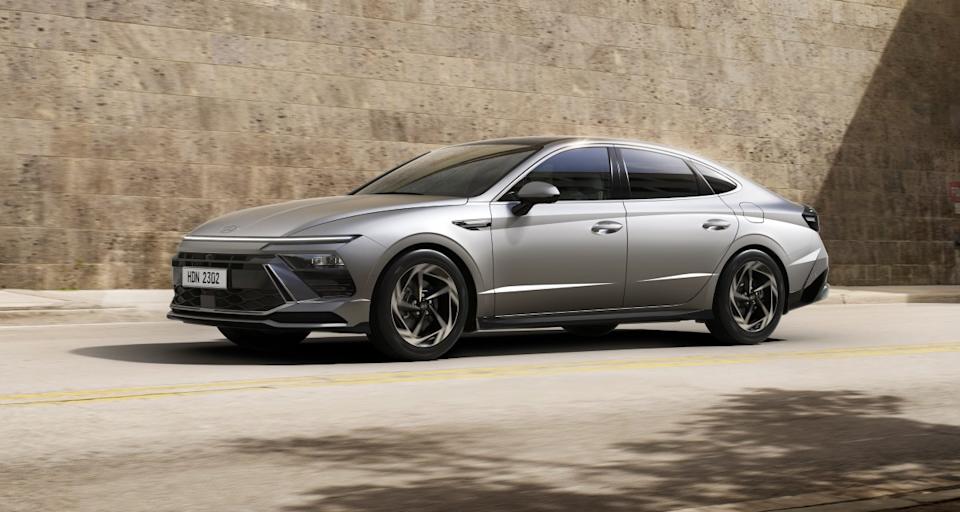
The most efficient Sonata Hybrid-the Blue trim—isn’t listed for 2025 yet, but the mid-tier SEL Hybrid starts at $31,250, while the top-tier Limited Hybrid comes in at $37,700. The Camry’s upper trims are priced similarly, with the XLE Hybrid AWD priced at $35,125 and the range-topping XSE AWD Hybrid starting at $36,425.
When comparing apples to apples (i.e., hybrids), pricing is close, within a few hundred dollars, in most cases. The Camry offers standard hybrid power and available AWD. The Sonata costs slightly less in its mid-tier trims, but tops out around the same price once you spec it similarly. It’s worth noting that real-world incentives and dealer pricing can swing these numbers significantly, especially for Hyundai, which often includes additional discounts.
3. The Camry offers AWD—Sonata stays FWD only
One of the Camry’s most significant advantages for 2025 is its electric all-wheel-drive system. It’s not just a gimmick—it adds real capability, especially for drivers in snowy climates. Instead of using a mechanical driveshaft, the AWD Camry uses an electric motor to power the rear wheels independently. It’s seamless in operation and doesn’t significantly impact fuel economy.
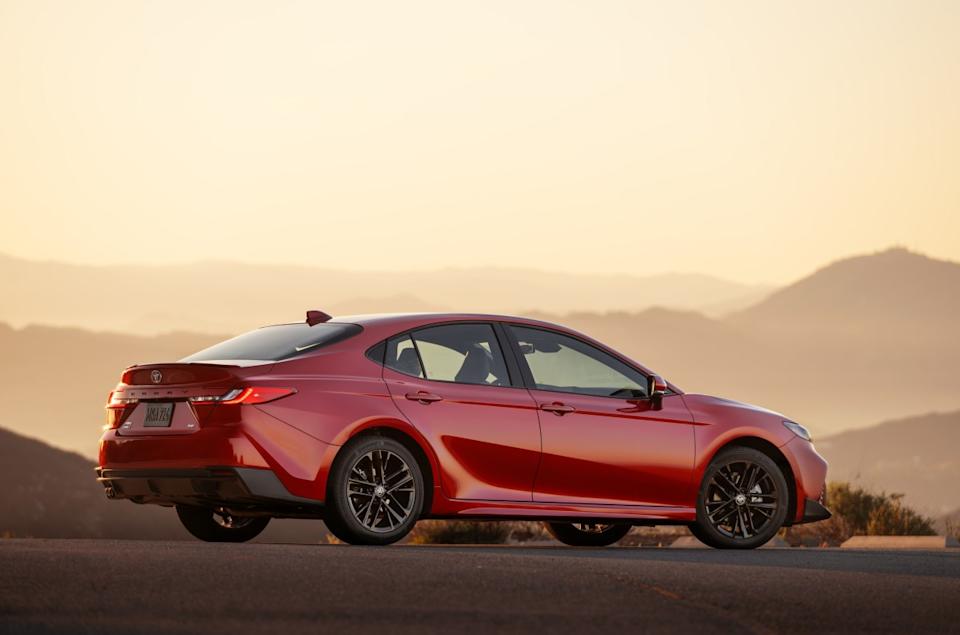
No version of the 2025 Sonata offers all-wheel drive, gas or hybrid. That might not matter for drivers in dry or temperate climates, but it’s a notable disadvantage in the Northeast, Midwest, or Mountain West, where AWD is often considered essential.
This marks a real differentiation point between the two. If AWD is a must-have, the Camry is your only option in this match-up.
4. Hyundai leads in interior design and tech, especially in the cockpit
Inside, both sedans have made big strides, but the Sonata’s cabin feels more futuristic and premium. Hyundai now offers a twin 12.3-inch display setup—one screen for the digital gauge cluster and one for the central infotainment—merged under a single piece of curved glass. The layout is clean, upscale, and intuitive, especially on higher trims. Even the base trims feel modern thanks to Hyundai’s slick user interface and standard wireless Apple CarPlay and Android Auto.
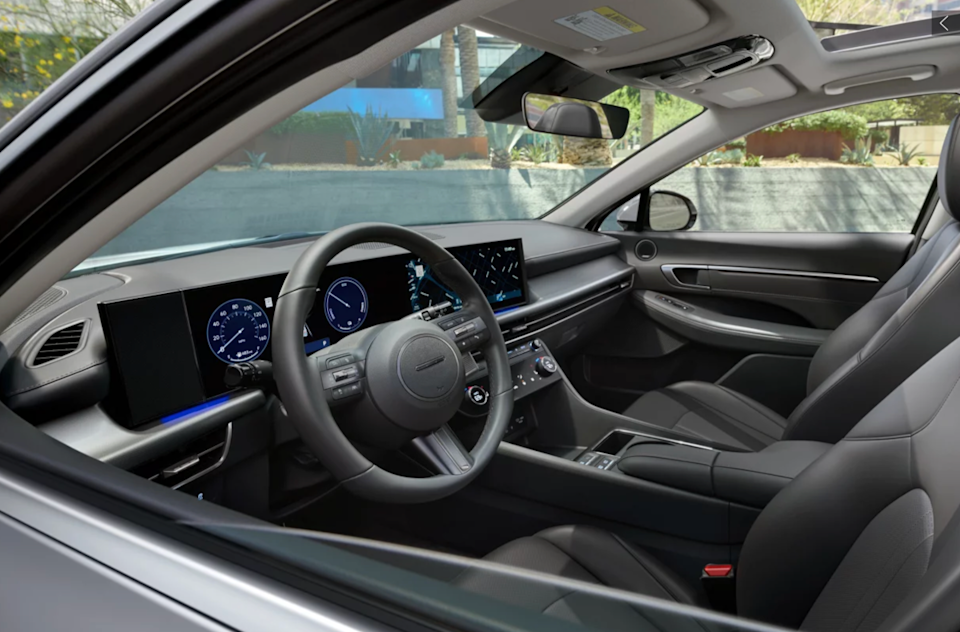
The 2025 Camry improves significantly over its predecessor, but not all trims come with the same level of tech. LE and SE models come with an 8-inch touchscreen and a 7-inch digital gauge display. Step up to the XLE or XSE, and you’ll get the dual 12.3-inch setup. Like the Sonata, Toyota supports wireless smartphone mirroring and offers a premium JBL sound system on upper trims.
In terms of standard features and presentation, Hyundai has the edge. The Sonata Limited Hybrid even includes ventilated front seats, a head-up display, and Highway Driving Assist—Hyundai’s semi-automated driving tech—which is not available on the Camry.
5. Camry is quicker, but Sonata is smoother
With up to 232 horsepower and AWD available, the Camry is the better performer on paper. It accelerates briskly for a hybrid sedan and handles well in XSE trim, thanks to firmer suspension and sportier tuning. Toyota has clearly tried to retain some of the enthusiast appeal once offered by its now-discontinued V6.
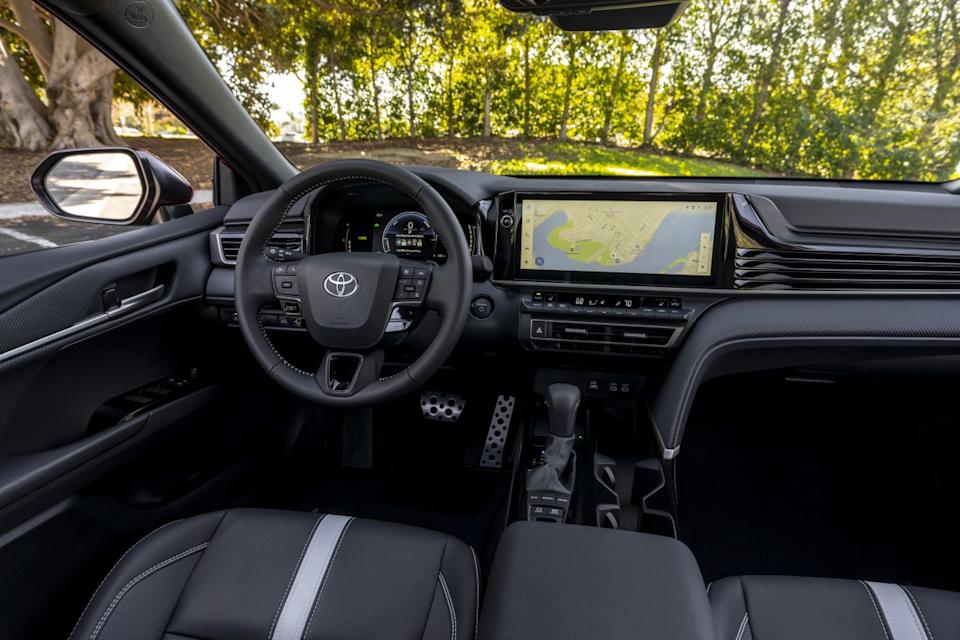
The Sonata Hybrid isn’t as quick, and its 192-hp system feels more tuned for smoothness than speed. But Hyundai’s focus on comfort pays off with a quieter cabin, a softer ride, and less harshness over broken pavement. It’s a car designed to make commutes and long drives feel easy, not edgy.
Fuel economy is neck and neck. The Camry LE Hybrid returns up to 51 mpg combined, while AWD drops that to 47–48 mpg. The Sonata Hybrid gets between 47 and 52 mpg, depending on the trim and wheel size. If you’re comparing efficiency, it’s a wash.
Final thoughts
Both the 2025 Toyota Camry and Hyundai Sonata are excellent midsize sedans—but they aim for slightly different buyers.
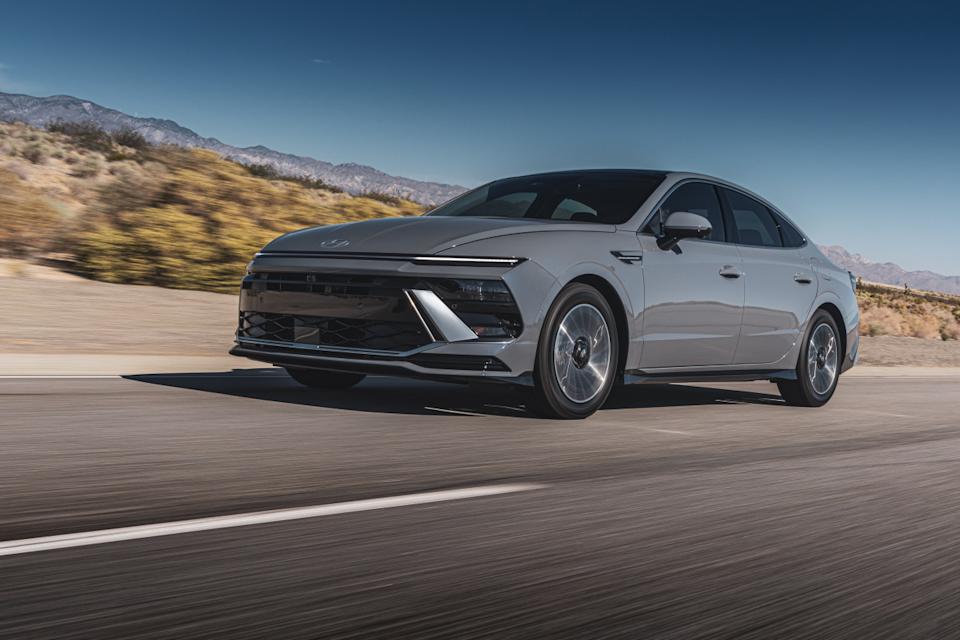
If you want a hybrid-only powertrain, available all-wheel drive, and more power, the Camry is your best bet. It’s also a smart pick for buyers in colder climates who need extra traction. But you’re probably better off choosing the Sonata if you value sleek tech, a more comfortable ride, and the option of a gas-only engine. It also tends to offer slightly better value at most trim levels.
Either way, these two are standouts in a segment that’s been all but abandoned by other automakers. With thoughtful redesigns, impressive fuel economy, and plenty of standard tech, the Sonata and Camry prove that the midsize sedan still has a lot of life left.
2025 Hyundai Sonata vs. Toyota Camry: 5 Major Differences first appeared on Autoblog on Jul 29, 2025
This story was originally reported by Autoblog on Jul 29, 2025, where it first appeared.

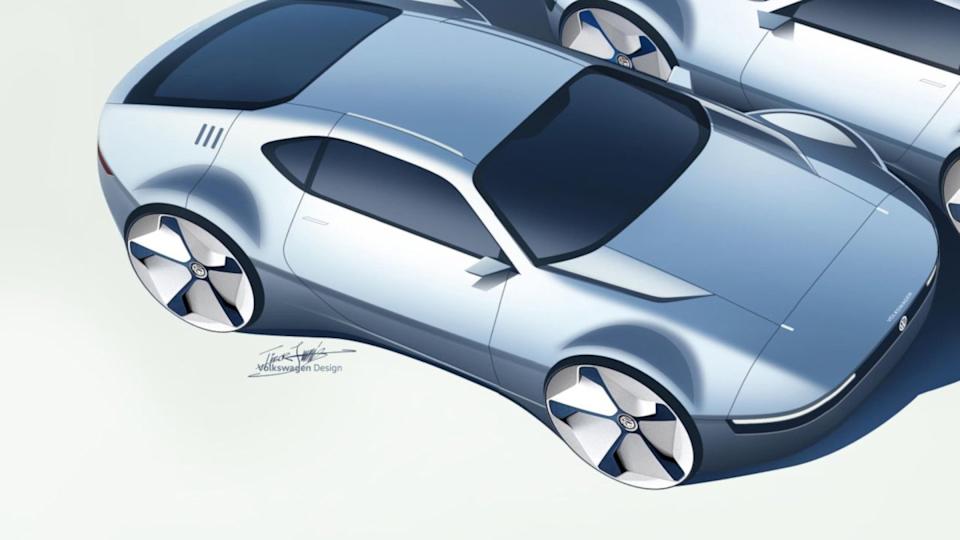
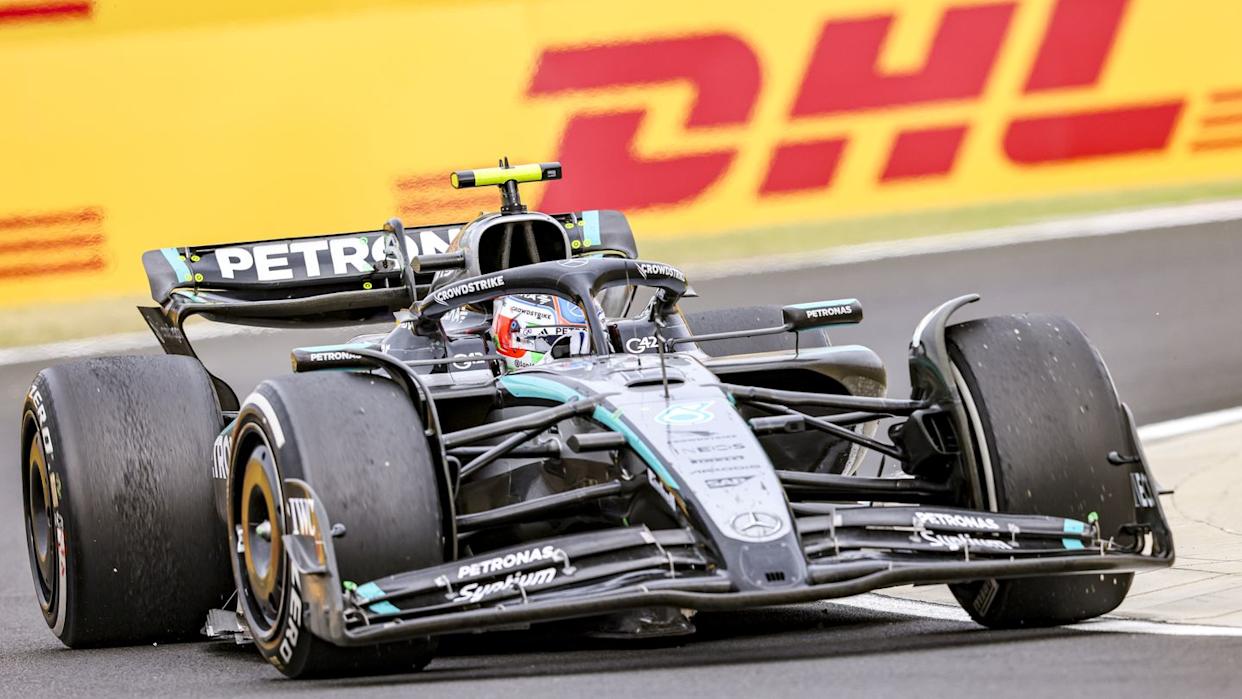
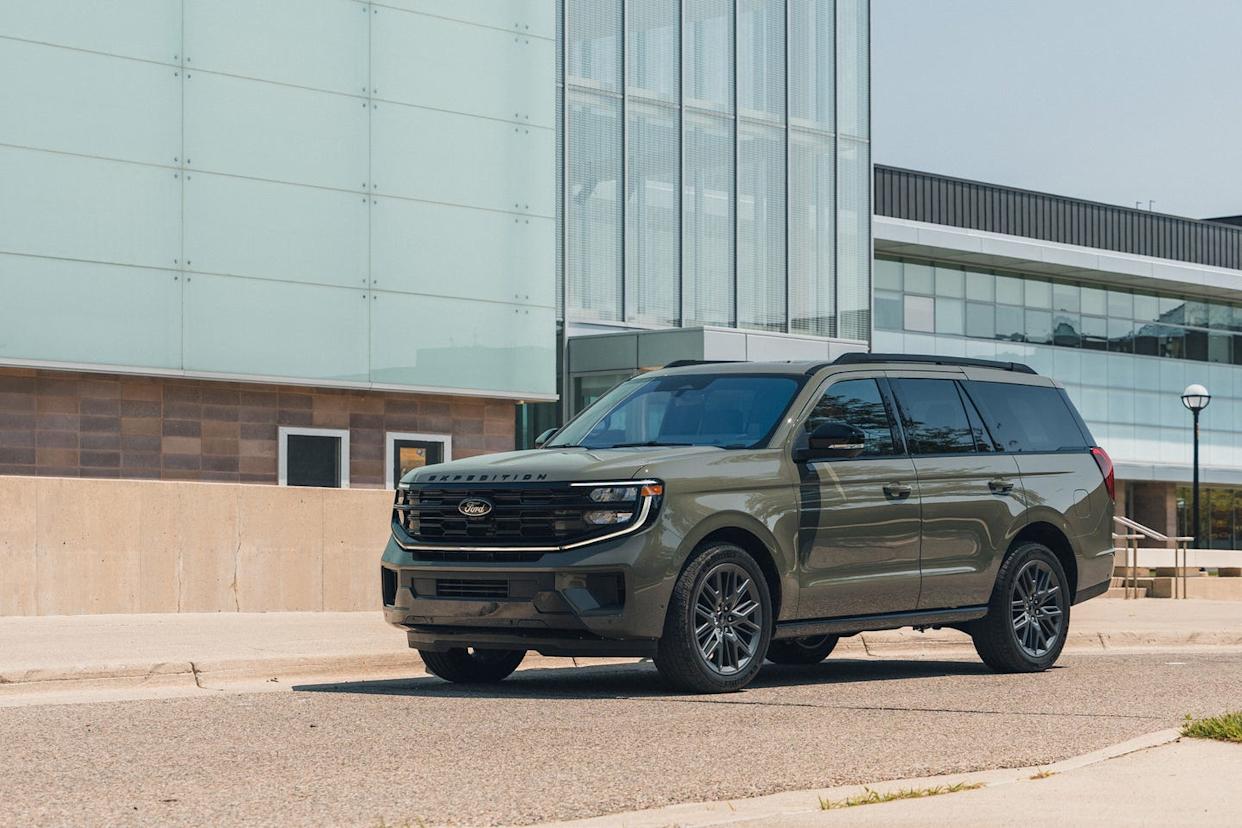
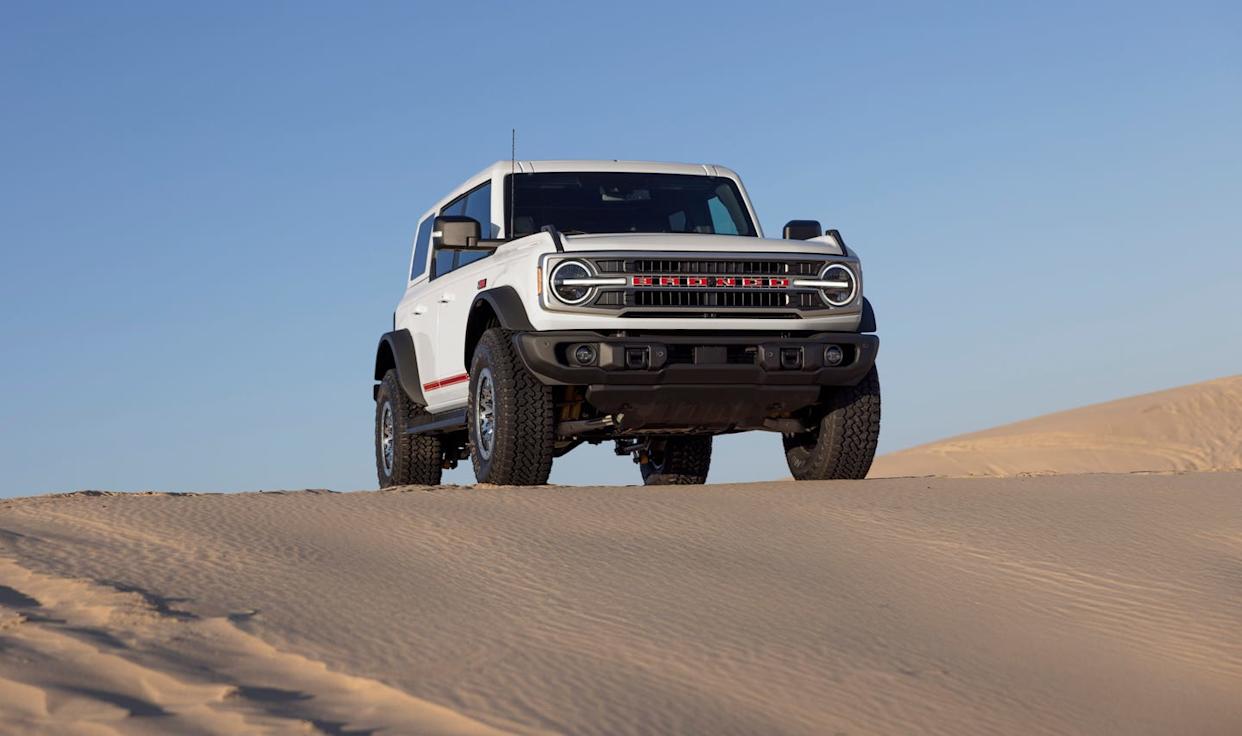


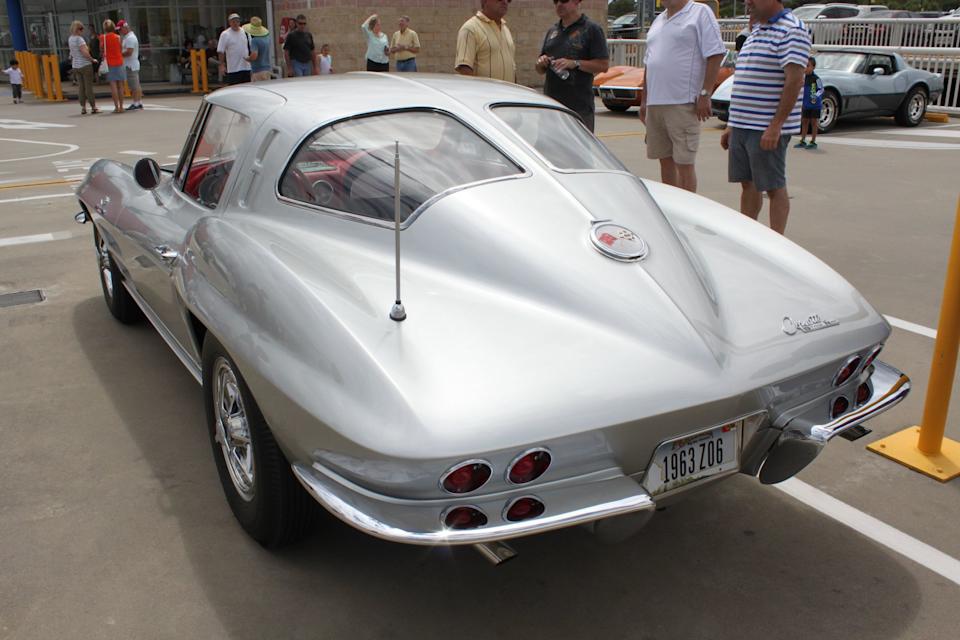
Comments